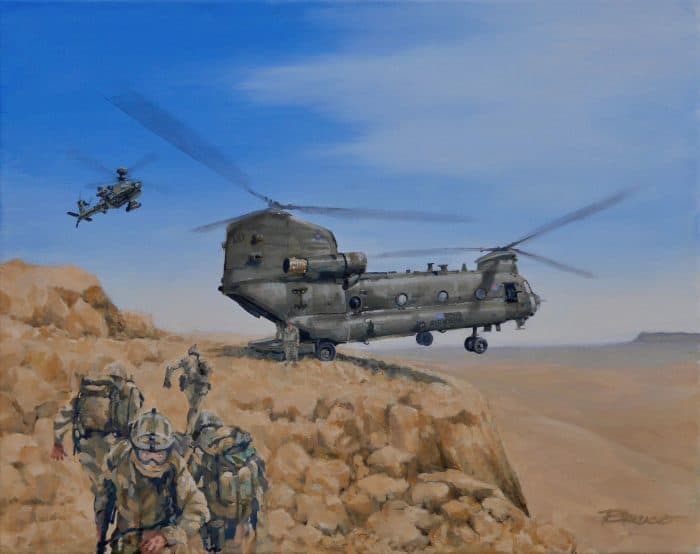Where Do You Start?


So now you know the different paths you can take to become an Army Aviator. And although figuring out how to join the club isn’t exactly as difficult as finding Narnia, the next logical thing you’d like to know more about is the different gateways to accomplish that goal. Luckily for you, Army Aviation is also not like Fight Club. Pilots absolutely LOVE talking about being pilots and will gladly tell you about the process of becoming a pilot. Having a mentor, as with everything else in life, will go a long way in preparing you for, and potentially getting you into, the cockpit. So do yourself a favor and get in touch with someone who has “been there and done that.” In fact, in order to simplify that process, there will shortly be a few mentors available right here on Bogidope.com.
And, as a disclaimer, don’t fret if those with whom you speak make it sound incredibly difficult and painful to become an Army Aviator. It’s not. It requires hard work and dedication, sure, but people love to make their own accomplishments sound like something only an Avenger could see through. In reality…it’s not that hard. Be willing to work and be a team player, and you’ll be fine regardless of which pathway you elect to get into Army aviation.
So as I touched on last week, the first decision one must make is whether they intend to become a Warrant Officer (WO) or a Regular Line Officer (RLO). No need to go further into detail about what each entails here, but if you haven’t read last week’s article, I highly recommend starting there. Once that decision is made, the next decision is by which means you intend to accomplish that, as there are several ways to become either a WO or a RLO. In order to give each gateway enough of an introduction, I’ll cover the WO routes in this week’s article and those for a RLO next week:
Table of Contents
Street-to-Seat
Also referred to as the “High School-to-Flight School” program, this is as direct a path to get into the front seat of an Army aircraft as there is. The basic premise is: an individual who is accepted into this program attends Basic Combat Training followed immediately by Warrant Officer Candidate School (WOCS) and then Initial Entry Rotary Wing (IERW), more commonly referred to simply as Flight School. Theoretically, this means a soldier as young as 18-years old could be in the cockpit of an Army aircraft, and that has almost assuredly happened. I mean...it DEFINITELY happened during WWII and maybe even Vietnam, but I’d wager it’s also happened more recently. The process sounds really simple and straightforward, and, comparatively, once accepted into the program it is. The challenge is actually getting accepted into the program.
But this program has been expanded somewhat as the Army (just like all of the other Service Branches) has struggled to hang on to pilots. So Street-to-Seat is actively utilized by the Active Army as well as the National Guard and the Army Reserves to replenish the supply of flyers. What this means is, there have likely never been more Street-to-Seat slots than there are now. However, precisely because it IS the quickest way into the cockpit, the talent pool is often highly competitive. So that 18-year old climbing into the pilot’s seat? Absolutely the exception, not the rule. Possible, yes! BUT…

Oftentimes the people applying for this program already have college degrees in some form of STEM or aviation field, experience owning a small business, a fair amount of flight time/experience including, often, specifically Rotary Wing (RW) time...the list goes on. It’s these experiences and traits that, ultimately, qualify them for the program. It’s for this reason that the vast majority of WO aviators in the Army are individuals who have served time as enlisted soldiers and, often, as aircraft mechanics or something else aviation-centric.
Ultimately, what I’m trying to say is, if you want to attempt the Street-to-Seat route, make sure you’ve built your credentials in a way that genuinely makes you competitive for the program. Don’t bank on simply being charming enough or having a winning enough smile to be the exception to the rule. Go to school (specifically a STEM degree would be helpful), get training in a civilian airframe, get some real leadership experience, whether it’s in a business or elsewhere…do all of the above, even. Make yourself the best candidate that you can.
Or….







